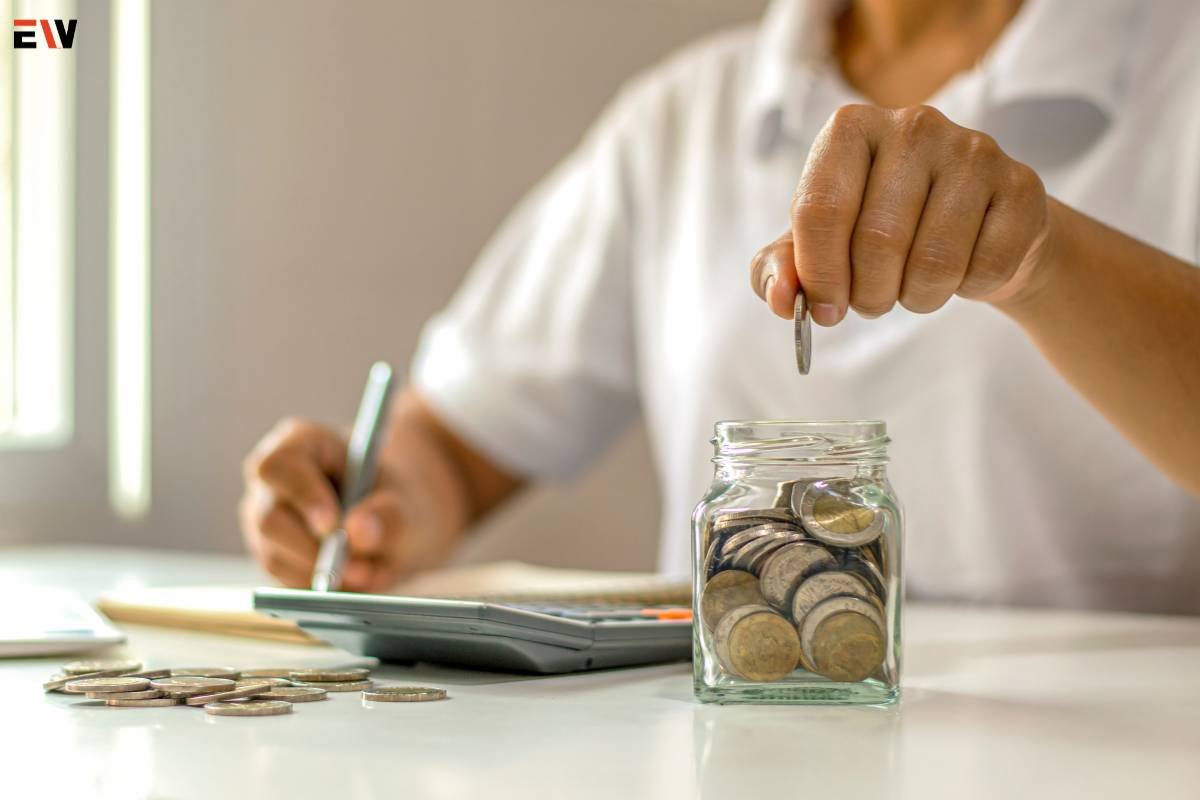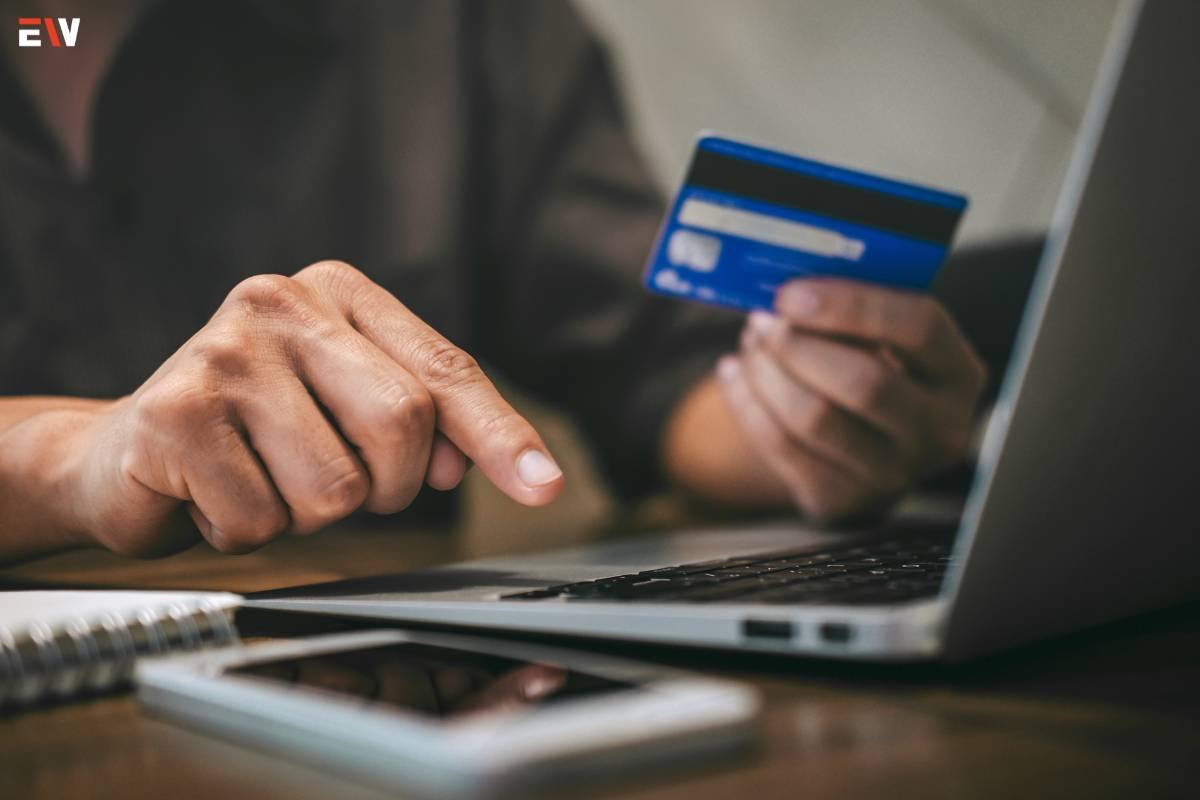Debt can be a significant source of stress and financial strain, but with a strategic plan and commitment, it’s possible to break free and achieve lasting financial freedom. This comprehensive guide provides actionable steps, practical tips, and essential advice on how to get out of debt, regain control of your finances, and pave the way toward a secure and debt-free future.
How to get out of debt? Things to know
Understanding Your Debt
- Create a Detailed Inventory: Start by compiling a comprehensive list of all your debts. Include credit cards, loans, medical bills, and any other outstanding balances. Note the outstanding amount, interest rates, and minimum monthly payments for each.
- Categorize Your Debts: Categorize your debts into high-interest and low-interest categories. High-interest debts, such as credit cards, often accumulate faster, and prioritizing them can save money in the long run.
- Calculate Your Total Debt Load: Determine the total amount of debt you owe. This provides a clear understanding of the scope of your financial challenge and serves as a baseline for creating a debt repayment plan.
Creating a Realistic Budget

- Analyze Your Income and Expenses: Evaluate your monthly income and track your spending habits. Creating a detailed budget allows you to identify areas where you can cut expenses and allocate more funds toward debt repayment.
- Prioritize Essential Expenses: Prioritize necessary expenses such as housing, utilities, groceries, and insurance. Allocate a portion of your income to these essential categories before addressing discretionary spending.
- Identify and Cut Unnecessary Expenses: Review your discretionary spending and identify areas where you can cut back. This may include dining out, subscription services, or impulse purchases. Redirect the money saved toward your debt repayment plan.
How to get out of debt via an Emergency Fund
- Establish a Small Emergency Fund: Before aggressively tackling debt, establish a small emergency fund. Having a financial cushion can prevent the need to rely on credit cards when unexpected expenses arise.
- Save Consistently: Contribute a fixed amount to your emergency fund regularly. This fund acts as a safety net, reducing the likelihood of accumulating additional debt during emergencies.
Choosing a Debt Repayment Strategy
- Snowball Method: The snowball method involves paying off the smallest debts first while making minimum payments on larger debts. As each smaller debt is cleared, the freed-up money is directed toward larger debts.
- Avalanche Method: The avalanche method prioritizes debts based on interest rates. Start by paying off the debt with the highest interest rate, then progressively address debts with lower rates. This method minimizes the overall interest paid.
- Consolidation Loans: Explore debt consolidation options, such as a consolidation loan or balance transfer. This approach combines multiple debts into a single payment with a potentially lower interest rate, simplifying the repayment process.
Negotiating with Creditors
- Contact Your Creditors: If you’re struggling to meet minimum payments, contact your creditors directly. Explain your situation, and inquire about potential hardship programs, interest rate reductions, or alternative payment plans.
- Seek Professional Assistance: Consider working with credit counseling agencies or debt settlement companies. These professionals can negotiate with creditors on your behalf and provide guidance on debt management strategies.
Increasing Your Income

- Explore Additional Income Streams: Look for opportunities to supplement your income, such as freelancing, part-time work, or a side business. The additional income can significantly accelerate your debt repayment efforts.
- Invest in Skill Development: Invest in developing new skills that can enhance your career or open up additional income opportunities. A skill upgrade may lead to promotions or better-paying job prospects.
Staying Motivated and Focused
- Set Realistic Goals: Establish achievable short-term and long-term goals for debt repayment. Celebrate milestones along the way to stay motivated and focused on your financial journey.
- Visualize Financial Freedom: Envision the positive outcomes of becoming debt-free. Whether it’s owning a home, traveling, or investing, visualizing financial freedom reinforces your commitment to the journey.
- Share Your Goals: Share your debt repayment goals with friends or family. Accountability partners can provide support, encouragement, and even share their own strategies for financial success.
Monitoring Progress and Adjusting Strategies
- Regularly Review Your Budget: Periodically review and adjust your budget as circumstances change. This ensures that your financial plan remains realistic and aligned with your goals.
- Celebrate Achievements: Celebrate your achievements along the way. Whether it’s paying off a credit card or reaching a significant milestone, recognizing your progress reinforces positive financial habits.

Conclusion
The answer to the question “How to get out of debt?” depends on various factors. Getting out of debt is a journey that requires commitment, discipline, and strategic planning. By understanding your financial situation, creating a realistic budget, and implementing a targeted debt repayment strategy, you can regain control of your finances and work toward a debt-free future. With perseverance, financial discipline, and the right mindset, achieving lasting financial freedom is not only possible but within your reach.










